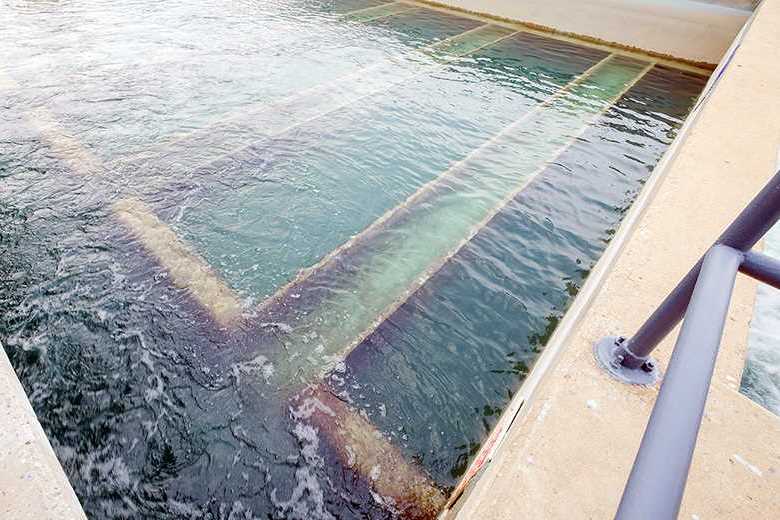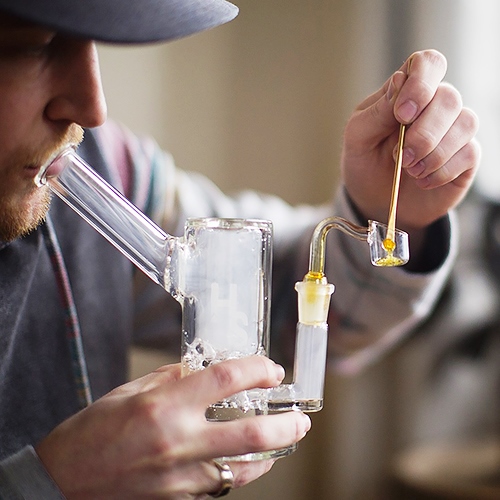Rapid Gravity and Pressure Filters:
The process of in-depth granular media filtration can be done under pressure (pressure filtration) or under gravity (rapid gravity filtration). Although, in both the processes ( pressure filtration and rapid gravity filtration), the basic mechanism and concept of removal of suspended particles are the same. However, having the same mechanism, there are some differences in both processes like notable distribution of flow between filters, hydraulic and control of flow through individual filters.
In most cases, sand is used as the filter media but other materials can be used which are relatively inert. The choice of the filter media material depends on the cost of the material and some other factors. Sometimes, the sand material gets replaced with anthracite. The larger density of the anthracite allows the use of the larger grain size such that when the backwash ends the larger anthracite comes on top of the smaller sand. In this way, the process of filtration happens firstly through the larger and then the smaller media which helps in making better use of the depth of the filter bed.
The principal mechanism used in the in-depth filtration method of filtration is surface capture. The area of media which will be under surface capture depends on two factors – size and media depth. Space that will be available for the storage of captured detritus also depends on the depth and size. The grain shape of the filter media also affects the storage and capture. This filter is also used in septic tanks and grease trap and for this one should know installation septic tank and how to install a grease trap and for the treatment of it drain cleaning denver co is used.
In the portable water treatment process, in some cases, in-depth filtration is the only and last physical barrier for the particles. Therefore it is highly important to ensure that the filters perform best in order to make the water safe enough for drinking and the quality of treated water should meet the standards.
It is necessary to have at least 4 filters so that the process of filtration keeps on going while one filter is performing the backwash. In many large treatment works, there are usually more than 4 filters in a group, and possibly two or more independent filters:
Problems associated with the in-depth filters:
- Ineffective backwashing results in mud-binding of the media symptoms associated with it.
- Loss of media during backwash
- The short filter runs either because of the rapid rate of headloss or the initial success of the particles.



